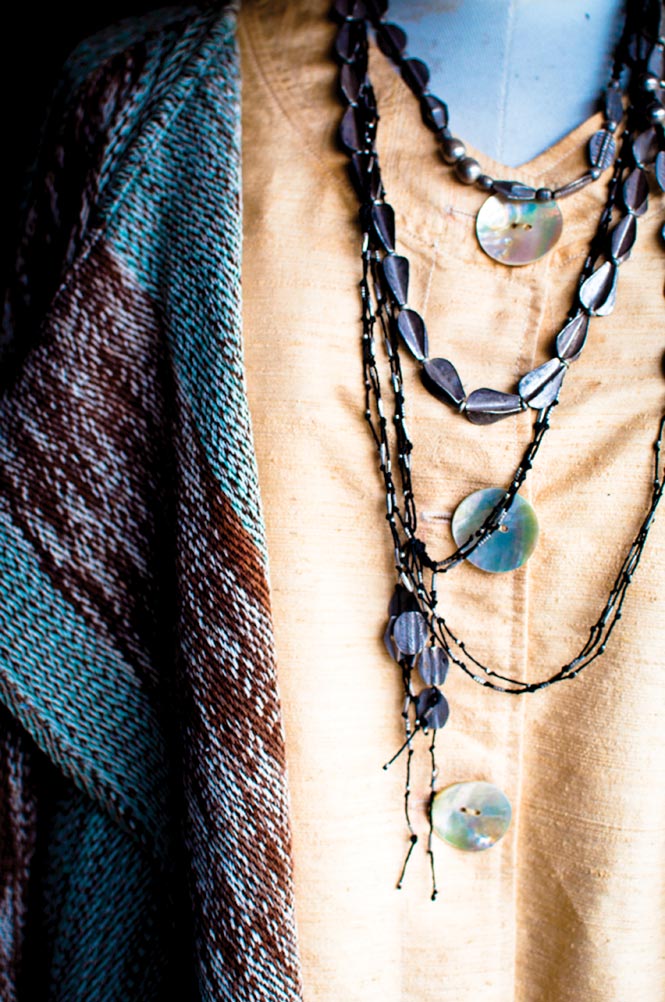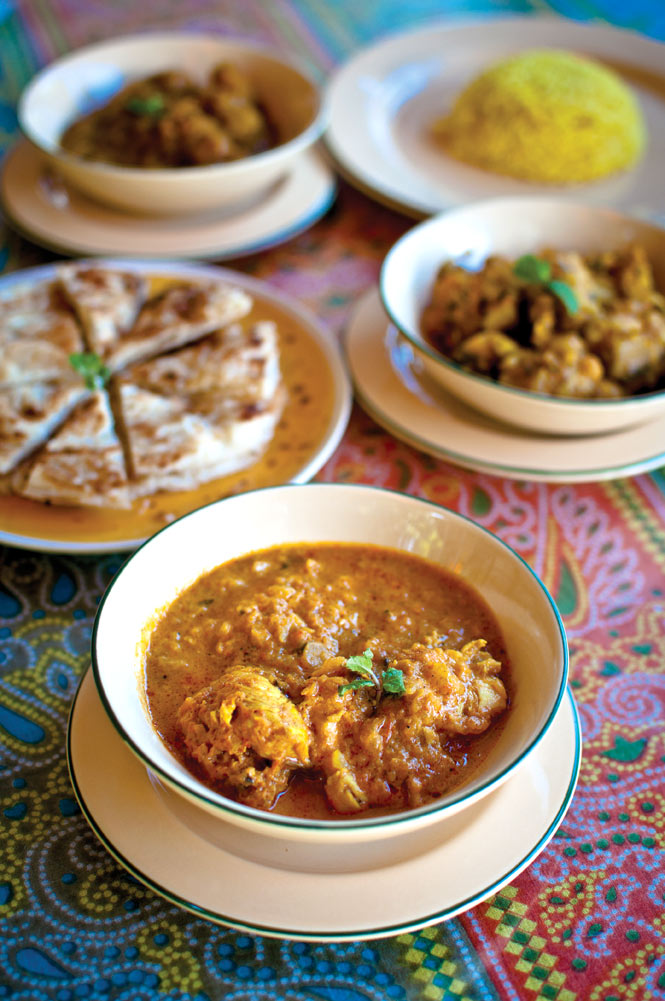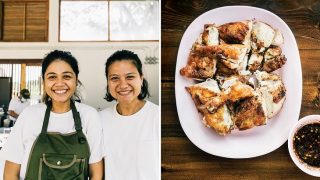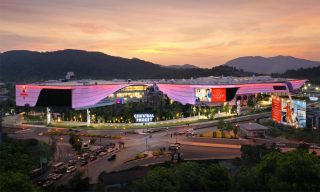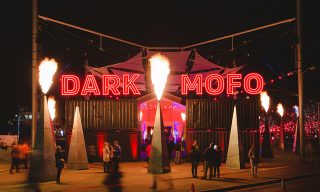Above: A colonial-chic suite at 137 Pillars House, the neighborhood’s first luxury hotel.
It’s time to rediscover the historic Wat Gate area of this northern Thai city
Photographs by Marisa Marchitelli
When King Chulalong-korn, best known outside Thailand as the royal pupil of Anna Leonowens (the English governess of Anna and the King of Siam fame), signed an 1883 treaty securing British access to the kingdom’s vast northern teak forests, a corresponding decree obliged foreign timber merchants in Chiang Mai to live on the east bank of the Ping River—the opposite side from the Thais. They settled near Wat Gatekaram, a venerable wooden temple that lent its name to the surrounding area. Now long gone, the neighborhood’s earliest expats left behind a scattering of teakwood and European houses with fine, slatted shutters that afford both shade and air. Some of these still serve as private homes, but many have been given new life as cafés, art galleries, and boutiques, making leafy Wat Gate well worth a trip across the river.
—Where to Stay
In 1889, Anna Leonowens’s son Louis established the local headquarters of the Borneo Company in a compound of four sprawling teak houses. The one in which he lived has just been restored and recast as the 137 Pillars House (2 Soi 1, Nawatgate Rd.; 66-53/247-788; 137pillarshouse.com; doubles from US$575), an elegant, colonial-themed hotel named for the profusion of pillars that support the building’s upper floor. The old house now hosts the property’s lounge, library, and gym, while the spa and 30 guest suites, appointed with large verandas, claw-foot Victorian tubs, and outdoor garden showers, occupy adjacent buildings. (Read more about the hotel here.)
Above from left: Pumpkin curry at Hinlay Curry House; Fai Sor Kam Gallery showcases local textile designs;
Fai Sor Kam’s Thitichai Arkaraoilapin; perusing the menu at Bake & Bite.
—Where to Eat
Located on the grounds of the same compound is Hinlay Curry House (8/1 Nawatgate Rd.; 66-53/324-621), where a garden patio offers a peaceful refuge for digging into chicken tikka masala, pumpkin curry, and aloo ghobi. From here, a left turn will take you to Kitchen Hush (18/1 Kaewnawarat Soi 2; 66-53/247-731), a neighborhood stalwart that showcases the Osaka-style home cooking of chef Kenji Fujita.
Nearby, a rickety staircase leads to Green O’Clock (10 Kaewnawarat Soi 2; 66-53/242-922), a cozy nook of plump couches and low-slung coffee tables. A chalkboard wall at the back testifies to an extensive menu, from thick sandwiches to classic local dishes like pad thai and stir-fried chicken with cashews.
Windows opening onto a lush garden let in a cool breeze, which might also carry the scent of fresh-baked goods emanating from Bake & Bite (Kaewnawarat Soi 3/2; 66-53/249-689). Helmed by an American-trained Thai chef, this whitewashed café excels at homemade bagels, buckwheat pancakes, wraps, and salads, as well as enchiladas and quesadillas.
—Where to Shop
For seriously cute, hand-embroidered T-shirts featuring elephant trunks and bottoms, drop by the Healing Family Foundation (2 Nawatgate Rd.; 66-53/ 244-393; hffcm.org), a workshop for disabled craftspeople. Across the street at number 7 is Fai Sor Kam Gallery (66-8/3319-7321), where Thammasat University textile professor Thitichai Arkaraoilapin selects his students’ best pieces to display alongside his own naturally dyed scarves, slouchy cotton carrier bags, and raw-silk hats.
Architect-designer Rattanaphol Taja turns out striking ikat-printed pottery and Thai paper lanterns at Kome Tong (64 Charoenrat Rd.; 66-53/302-401; kometong.wordpress.com), while at Nussara (66 Charoenrat Rd.; 66-53/ 302-072), mossy stepping stones lead across a pond to an atelier piled high with kaleido-scopic, Missoni-inspired cotton scarves, indigo fisherman pants, and bright wool versions of the traditional shoulder bags carried by Buddhist monks.
More color bursts forth from the hand-painted fiberglass elephants at Colour Factory (154 Charoenrat Rd.; 66-53/246-448; colourfac.com), a portion of whose sales go to supporting the Asian Elephant Foundation. Continue up the road to peruse paintings and photographs by artist Ruchipat “Pop” Suvansai and his friends at Lan La Moon (160 Charoenrat Rd.; 66-53/266-263); next door at Mou Moon, Pop’s wife purveys her hand-tooled, delicately chic leather goods.
Trip Tip: For a quirky brush with Chiang Mai’s past, drop by Wat Gatekaram Museum (96 Chareonrat Rd.; 66-53/262-605), adjacent to the temple of the same name. Among the eclectic artifacts on display are an old Siamese flag, antique farm tools and pottery, royal costumes from the Lanna period, and vintage photos dating back to the British teak-trading days.
Originally appeared in the December 2011/January 2012 print issue of DestinAsian magazine (“Chiang Mai Charmer”)


